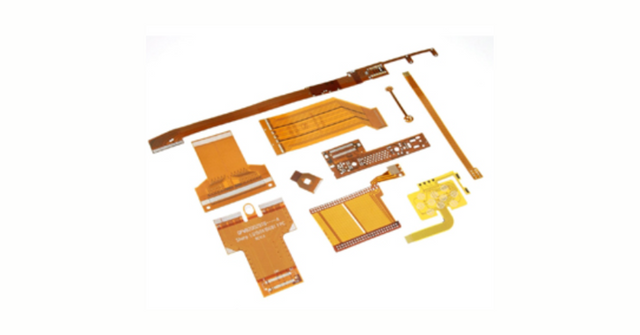Flexible Circuits: The Smart Choice for Electronics Engineers
In the ever-evolving landscape of electronics, flexible circuits have emerged as a game-changing innovation. These versatile and adaptable circuits have transformed the way engineers design and implement electronic systems, offering a myriad of benefits that traditional rigid circuits cannot match. From wearables to medical devices, flexible circuits are becoming the preferred choice for modern electronics engineers.
What Are Flexible Circuits?
Flexible circuits, also known as flex circuits or flexible printed circuits (FPC), are electronic circuits printed on flexible substrates such as plastic. Unlike traditional rigid printed circuit boards (PCBs), flexible circuits can bend, twist, and fold without compromising their functionality. This adaptability opens up new possibilities for integrating electronics into spaces and applications where rigid boards would be impractical or impossible.
Advantages of Flexible Circuits
Flexible circuits offer numerous advantages over their rigid counterparts, making them an attractive option for electronics engineers.
Space and Weight Reduction
One of the most significant benefits of flexible circuits is their ability to reduce space and weight in electronic devices. Their thin, lightweight construction allows for tighter packing of components, leading to more compact and lighter devices. This is particularly advantageous in industries like aerospace and medical devices, where every gram and millimeter count.

Enhanced Durability
Flexible circuits are inherently more resistant to vibrations and mechanical stresses than rigid PCBs. Their ability to bend and flex without breaking makes them ideal for applications subjected to constant movement or flexing, such as wearable electronics and automotive systems. This durability extends the lifespan of devices and reduces the risk of failure in critical applications.
Versatile Design Options
The flexibility of these circuits enables engineers to design electronics in previously unimaginable configurations. They can be folded into 3D shapes, wrapped around curved surfaces, or integrated into textiles. This versatility opens up new design possibilities, allowing for innovative product development in various industries.
Applications of Flexible Circuits
The unique properties of flexible circuits have led to their adoption in a wide range of applications.
Wearable Technology
Flexible circuits are at the heart of the booming wearable technology market. From smartwatches to fitness trackers and medical monitoring devices, their ability to conform to the body and withstand movement makes them ideal for wearable applications. Engineers can create lightweight, comfortable, and highly functional wearable devices that seamlessly integrate into daily life.
Medical Devices
In the medical field, flexible circuits are used in devices such as pacemakers, hearing aids, and diagnostic equipment. Their biocompatibility and ability to fit into small, irregularly shaped spaces make them invaluable in designing minimally invasive medical devices. Flexible circuits also contribute to the development of advanced prosthetics and robotic surgical instruments.
Automotive and Aerospace
The automotive and aerospace industries benefit from the space-saving and weight-reducing properties of flexible circuits. They are used in various applications, including instrument panels, sensors, and communication systems. Their ability to withstand harsh environmental conditions and mechanical stress ensures reliable performance in critical applications.
Consumer Electronics
Flexible circuits are increasingly found in consumer electronics, from smartphones and tablets to cameras and gaming devices. Their adaptability allows manufacturers to create thinner, lighter, and more versatile products. The flexibility of these circuits also facilitates the development of foldable and rollable displays, pushing the boundaries of modern electronics design.
Challenges and Considerations
While flexible circuits offer numerous benefits, engineers must also consider certain challenges and limitations.
Manufacturing Complexity
The production of flexible circuits can be more complex and costly than traditional PCBs. Precise handling and specialized equipment are required to fabricate and assemble these delicate circuits. However, advances in manufacturing technologies are gradually reducing these challenges and making flexible circuits more accessible.
Thermal Management
Flexible circuits can be more susceptible to thermal issues due to their thin and lightweight nature. Effective thermal management strategies, such as the use of heat sinks and thermal vias, are essential to prevent overheating and ensure reliable performance.
Future of Flexible Circuits
As technology continues to advance, the role of flexible circuits in electronics engineering is set to grow even further. Ongoing research and development are focused on improving their performance, reducing manufacturing costs, and expanding their applications. Innovations such as stretchable and biodegradable flexible circuits are on the horizon, promising to revolutionize the electronics industry.
Flexible circuits are the smart choice for electronics engineers looking to innovate and push the boundaries of modern technology. Their unique properties and versatile applications make them an invaluable tool in the design and development of cutting-edge electronic devices. As the demand for smaller, lighter, and more flexible electronics continues to rise, flexible circuits will undoubtedly play a pivotal role in shaping the future of technology.